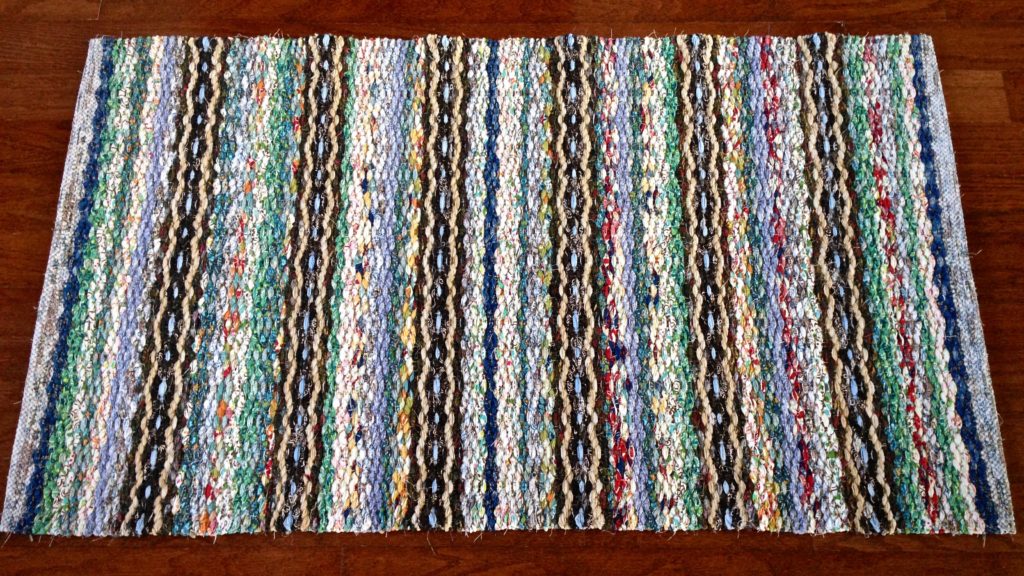I know how to write music. I am experienced in playing improvisational music on my cello. And I don’t have a problem making up a tune to sing on the spot. But nothing touches the richness of music’s beauty like getting out the Beethoven Sonatas at the piano, or Bach’s Six Suites for the cello, or singing from an old-fashioned hymnal. Likewise, I do know how to write a weaving draft from scratch, but I usually find my starting point in one of my favored weaving books. There are countless designs and dreamy pictures. From simple to extraordinary. Sometimes I follow the instructions precisely. But most often, the improviser in me examines the elements and finds a new version to “play.”
Here are just a few of my favorite weaving books, and a sampling of what they have produced.


Lundell, Laila, and Elisabeth Windesjö. “The Big Book of Weaving: Handweaving in the Swedish Tradition: Techniques, Patterns, Designs, and Materials.” North Pomfret, VT: Trafalgar Square, 2008.

Hallgren, Ann-Kristin, and Monica Hallén. “Älskade Trasmattor: att Väva Som Förr.” Kalmar: Akantus, 2006. (“Beloved Rag Rugs: To Weave As Before”)


Ignell, Tina, and Catherine Zienko. “Favorite Rag Rugs: 45 Inspiring Weave Designs.” North Pomfret, VT: Trafalgar Square Books, 2007.

Hallgren, Ann-Kristin, and Monica Hallén. “Alla Tiders Trasmattor.” Akantus Edition, 2007. (“All Time Rag Rugs”)


Johansson, Lillemor, Charlotta Bosson, Conny Bernhardsson, and Katie Zienko. “Happy Weaving from Vävmagasinet.” Glimåkra: Vävhästen, 2004.

Björk, Birgitta Bengtsson, Tina Ignell, and Bengt Arne Ignell. “Simple Weaves: over 30 Classic Patterns and Fresh New Styles.” North Pomfret, VT: Trafalgar Square, 2012.

Johansson, Lillemor, Pia Wedderien, Marie Rolander, Conny Bernhardsson, and Katie Zienko. “Swedish Rag Rugs: 35 New Designs.” Glimåkra: Vävhästen, 1995.
May you play as much music as you can find.
…and speaking of Etsy! The original River Stripe Towels and Table Centerpiece Cloth that I wove are now listed in the Warped for Good Etsy Shop. And there may still be one River Stripe Towel Set Pre-Wound Warp Instructional Kit (Workshop in a Box) left! UPDATE: THE KIT HAS BEEN SOLD.
Happy Weaving,
Karen










